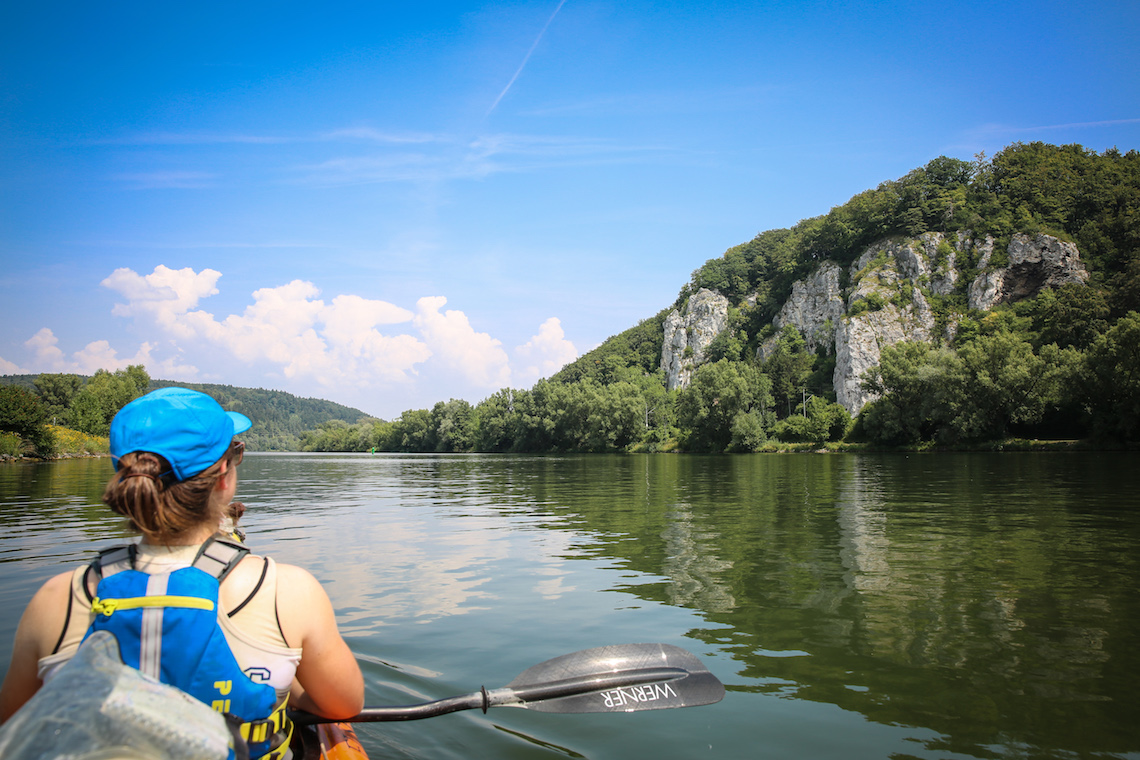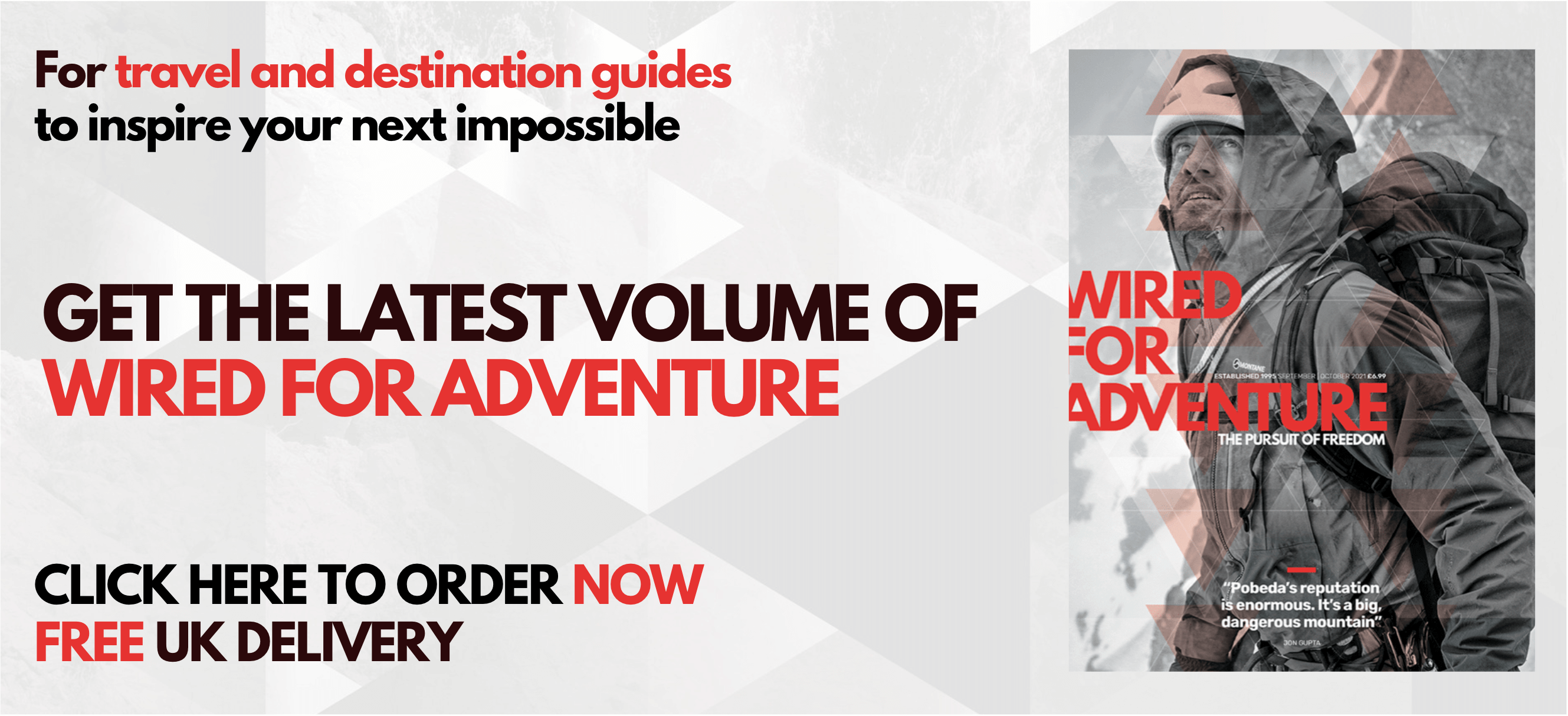Paddling from London to the Black Sea is no easy feat, but with new friends, heart-warming sunsets and a whole continent beckoning, it’s an unforgettable one, as Anna Blackwell discovered when she went kayaking through Europe…
Head bowed against the ferocious gusts of wind, I dipped my paddle back into the river and pulled it through the choppy, murky water. Casting my eyes upwards at the threatening clouds, I made a silent plea to the weather gods. After weeks of delays and things going wrong on our kayaking through Europe trip, we needed them on our side. My appeal went unheard, however, for moments later a flash of lightning on the horizon indicated that it was time for us to bail onto the riverbank; kayaking during a lightning storm is not a sensible idea.
My friend Kate and I were four months into our 2,500-mile kayaking through Europe expedition, paddling from London to the Black Sea in Romania. Despite having less than 400 miles remaining, moments like this made us question whether we would ever reach our goal. It was almost laughable, finding ourselves sitting on the side of the River Danube in Serbia, rain hammering down around us and a tree on the opposite bank erupting into flames as lightning struck it.
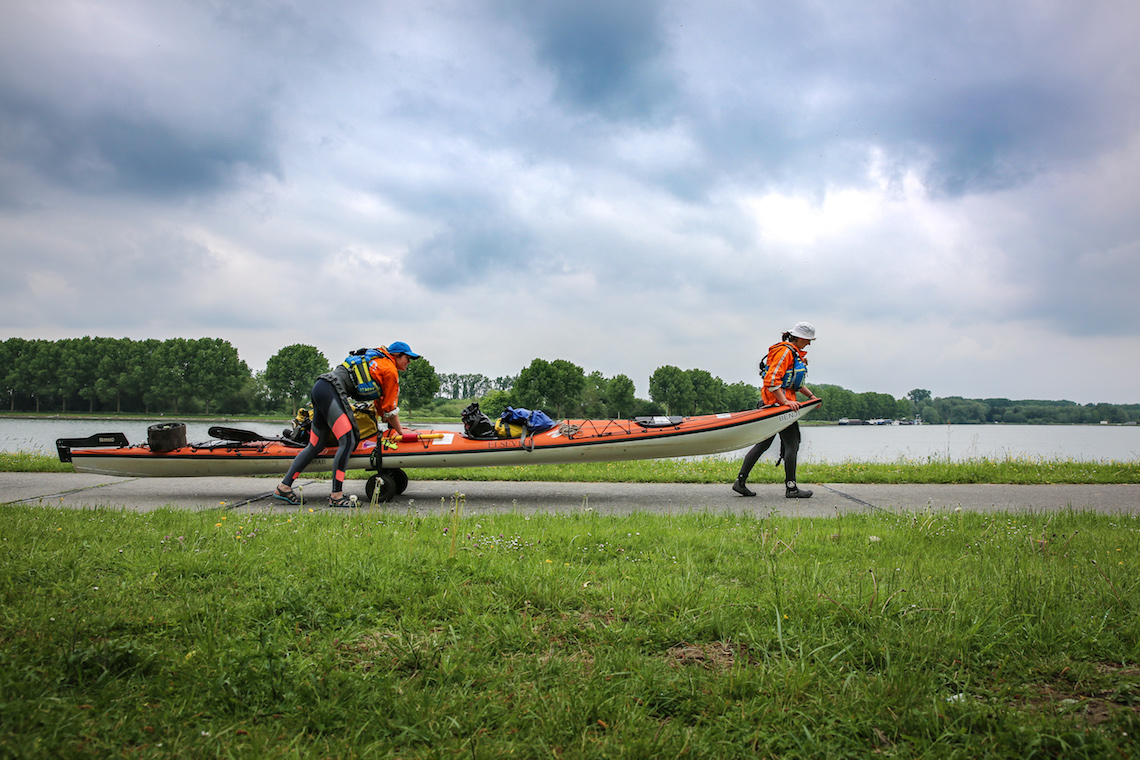
A twist of fate
What felt like a lifetime ago, I had stumbled upon an advert online. A girl was seeking a fellow female adventurer to join her on an exciting expedition to go kayaking through Europe. Despite the advert having been up for several months by this stage, I didn’t hesitate before responding. My intuition was onto something, and later that evening I heard back from the advertiser, Kate. We quickly established that we had attended the same school, where we’d been five years apart and, in an even more bizarre twist of fate, we both still lived in Oxford.
Taking this as a nudge from the universe, Kate and I arranged to speak on the phone the following afternoon. To say that we immediately hit it off would be an understatement. Within minutes we were chatting and giggling incessantly. This was encouragement enough for us; within 24 hours of me finding Kate’s advert, we were fully committed to kayaking through Europe, over 2,500 miles through 11 countries together.
For the next six months, Kate and I had our work cut out as we planned and prepared to go kayaking through Europe. The novelty of our adventure meant that there were limited resources for us to turn to, and we duly spent many long hours pouring over maps attempting to plot a route. Occasionally, we would discover we had incorporated hundreds of miles of kayaking upstream. It was frustrating, but always a relief to realise this while we were still planning rather than once the expedition was underway!
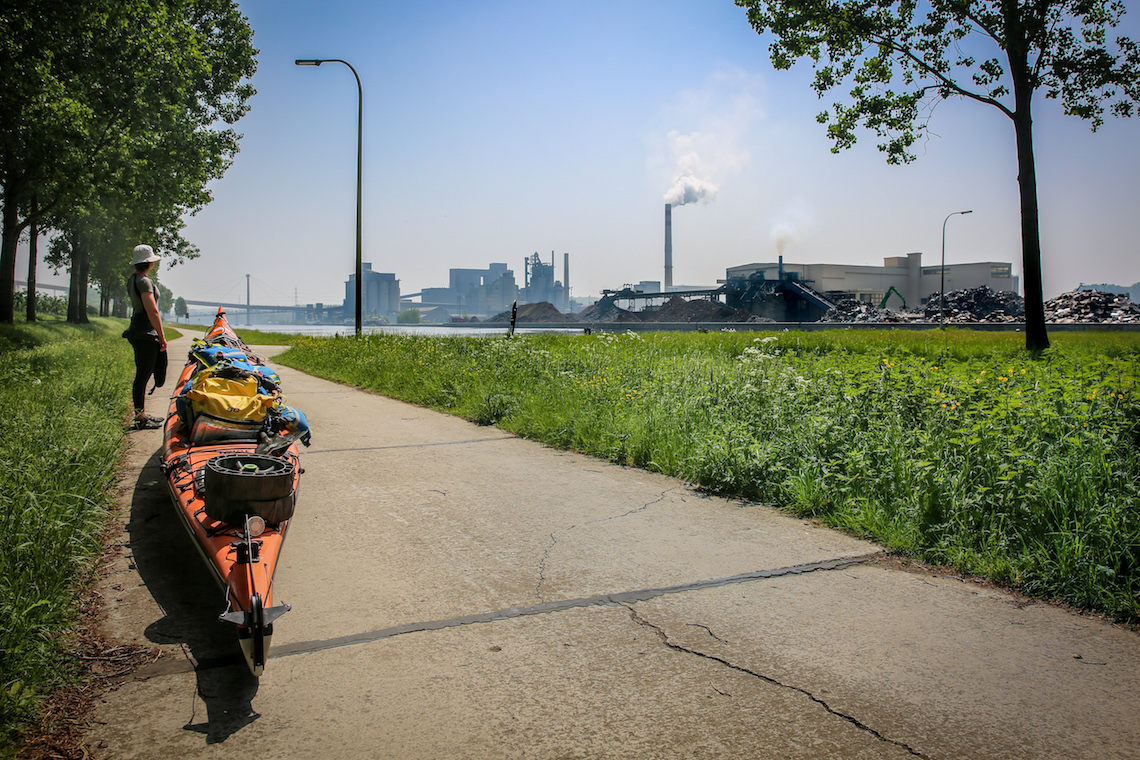
Preparation to go kayaking through Europe didn’t stop there. We also had to secure financial and equipment sponsorship in order for the trip to even be possible, we needed to train and brush up on skills, including kayaking and first aid, and crucially, we had to get to know each other properly. Bit by bit, our hard work paid off, the pieces fell into place, and by our start date of 21 April we were raring to go.
Kate and I had decided to start our kayaking through Europe expedition from Westminster Bridge in London, under the watchful gaze of a scaffolding-clad Big Ben. On this occasion, the weather gods were beaming down on us, for it was a gloriously warm and sunny Saturday morning. The cherry on the cake was having a crowd of friends and family who had eagerly come along to wave us off on our adventure. As Kate and I finally pushed out into the river and began paddling, their cheers and calls of encouragement filled the air and reverberated off the walls of the bridge as we were whisked away downstream.
For the first week or so, Kate and I were joined by two friends, Alex and Spike. The four of us formed a merry band of travellers and, before we knew it, we had completed our first section along the tidal Thames and were now at the Kent coast.
Here, we faced a few changes. Waving goodbye to Alex and Spike meant it was now down to just Kate and I, as it would remain for the duration of the expedition. We were also leaving behind the inland waterways until we reached France, instead paddling out on the sea. Another change we had to deal with was that of the weather. The blue skies and sunshine from London bid us farewell and, as we made our way around Kent, we were continually battling strong headwinds, large waves and poor visibility.
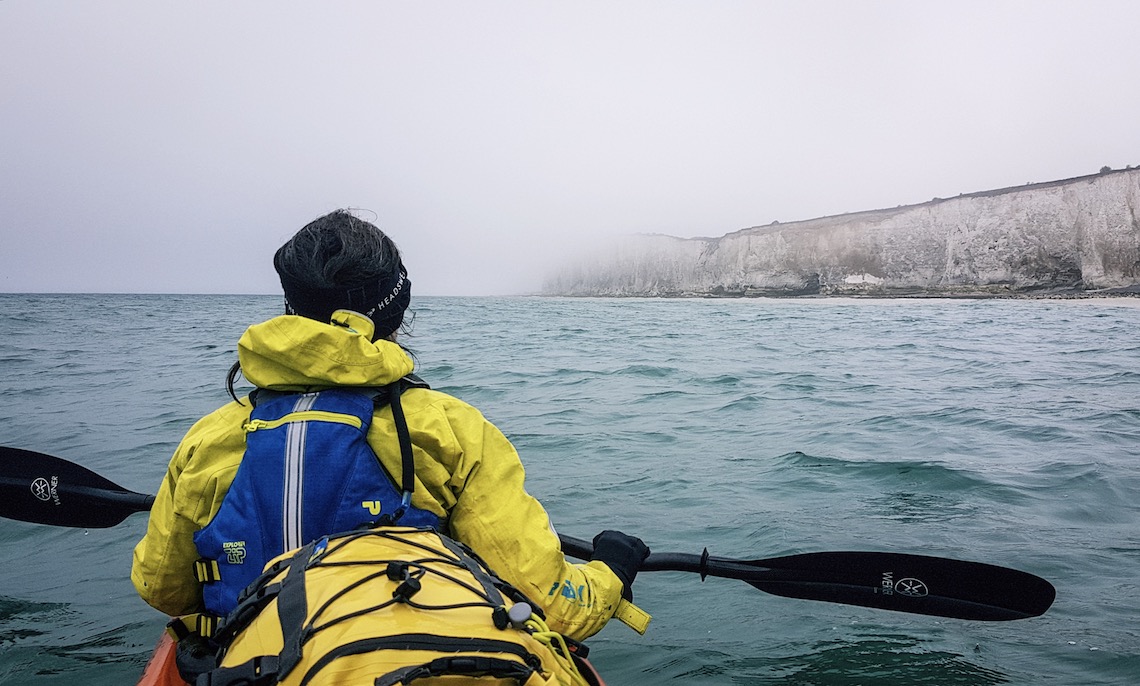
The continent beckons
It was therefore with relief that we eventually crash-landed on a beach near Folkestone with one hurdle remaining before being back on rivers and canals in France. That hurdle was kayaking across the English Channel, the busiest shipping lane in the world. While many people assumed this would be the toughest day of the kayaking through Europe expedition, Kate and I were feeling very unperturbed at the prospect. We would be paddling some 25 miles, a distance we had paddled several times before, and we were being accompanied by a support boat. This is a requirement for Channel crossings, but it meant we didn’t have to worry about navigating or getting run over by any gargantuan ships.
After the challenging conditions around the Kent coast, Kate and I couldn’t believe our luck when we woke up on the day of our crossing to discover a beautifully still, sunny day outside. As we kayaked out of Folkestone harbour, we looked out towards a horizon of water which blended seamlessly into the faint pink early-morning haze. Somewhere out there was our next destination, France.
It took us less than five and a half hours of straightforward paddling to reach a small beach just south of Calais. From here, it really felt like our expedition was starting in earnest. Our double kayak was packed full of all the equipment we would need for the next four and a half months kayaking through Europe, as well as plenty of food and spare water. We were ready to paddle off into unknown, foreign territory.
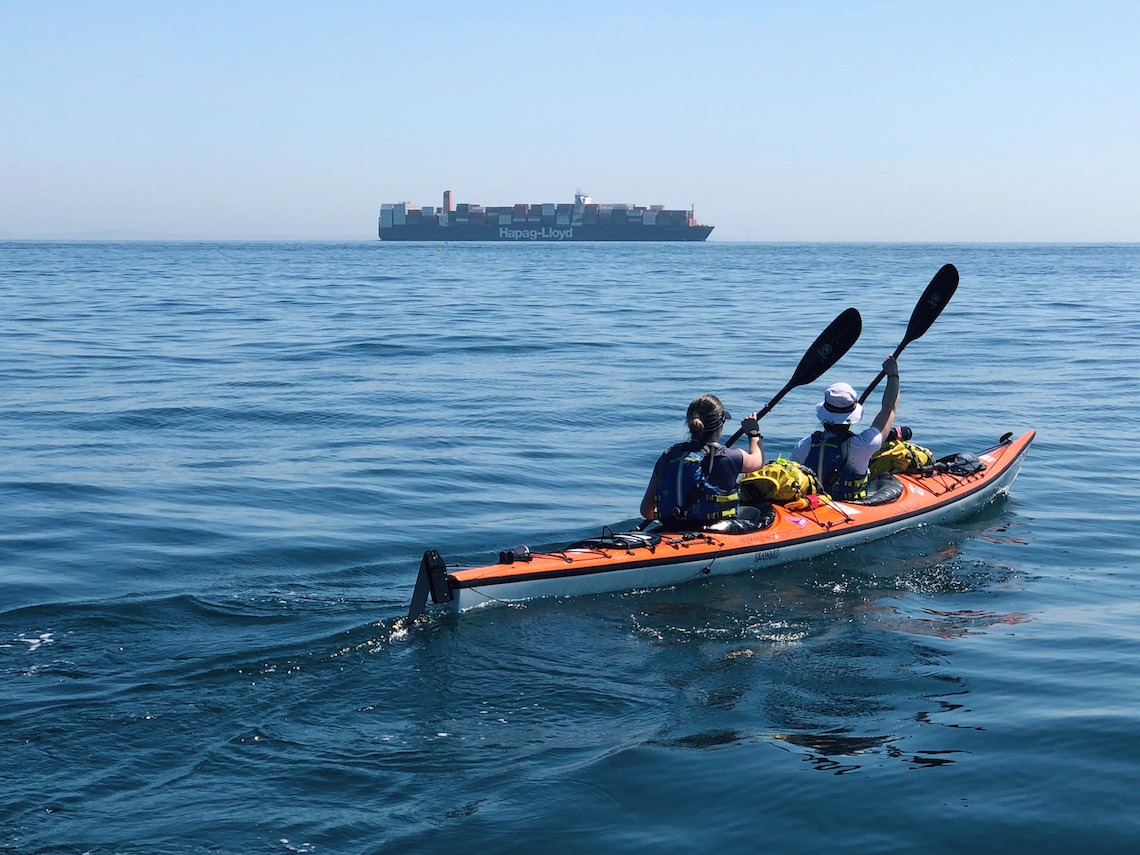
We gradually crossed northern France and Belgium, following industrial canals and rivers which we shared with freight barges that were up to a hundred metres long. During these first five weeks, the scenery was often uninspiring. We spent long, monotonous days paddling between vast factories, trying to dodge the dead fish and rats that floated past on the surface of the polluted canal.
We had known that the first section through Northern Europe would be like this, which made it easier to persevere through. That said, it was with a sense of relief and anticipation that we joined the River Meuse on the Belgian-French border, a beautiful, meandering river.
Our life now took on a relaxed and sociable manner as we navigated south through France to Strasbourg. From the Meuse we joined canals and small rivers that wound their way through idyllic French countryside, towns and villages, waterways populated by generous holidaying boaters and ducklings.
For the next few weeks, as we approached the German border, Kate and I took every opportunity to pitch our tents next to moorings on the outskirts of rural villages. Within moments of beginning to unpack our kayak, an occupant of a nearby boat would come down to us. The first time this happened, we assumed they were coming to tell us to move on, but instead they were curious about what we were doing. Upon hearing that we were kayaking through Europe from London to the Black Sea (and that yes, we had indeed kayaked across the Channel, ‘la Manche’), we would be invited onto their boat. During those weeks, we were treated to drinks, dinners, showers, shade, cake, coffee and breakfast… Whatever they could offer was liberally bestowed upon us.
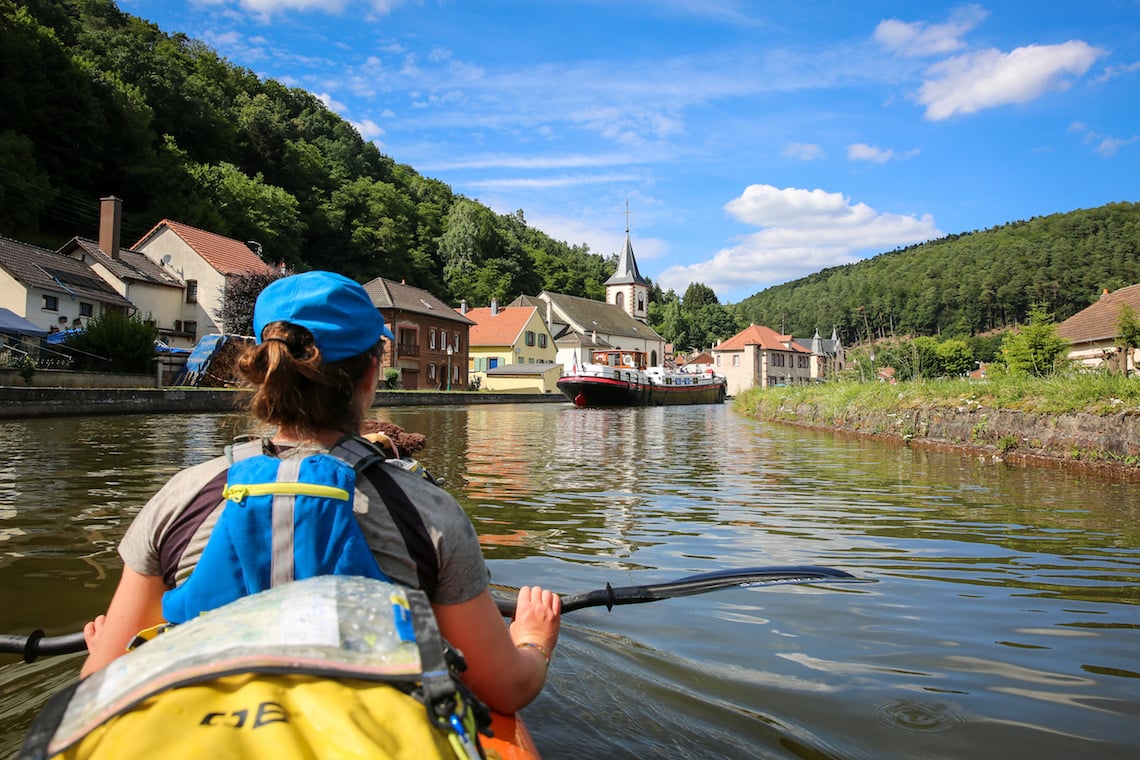
After a few weeks easy cruising, it was with almost heavy hearts that we reached Germany and the River Rhine. Though it was exciting to reach our fourth country and the milestone of a major river, we were sad to be parting with our new boating community.
It transpired that we were right to continue with a slight sense of trepidation; within 24 hours of being in Germany, the wheels we needed to get our kayak and equipment around locks broke, forcing us to return to Strasbourg for four days while we waited for a replacement set. Once on the move again, we were in for a shock. We’d become very accustomed to incredibly slow-moving canals and rivers in France. The Rhine is one of the busiest commercial rivers in Europe and, in addition to this added challenge of 200m-long barges, we also discovered that it is ferociously fast flowing.
Within minutes of hitting the surging river, we managed to spin our kayak 180 degrees. We found ourselves speeding down the river backwards, the powerful whirlpools pulling us in and then spitting us out straight into the path of an oncoming 200m-long cargo barge. Just about managing to keep calm, we quickly manoeuvred ourselves to face forwards again and regained enough control to make an emergency landing on the first available beach.
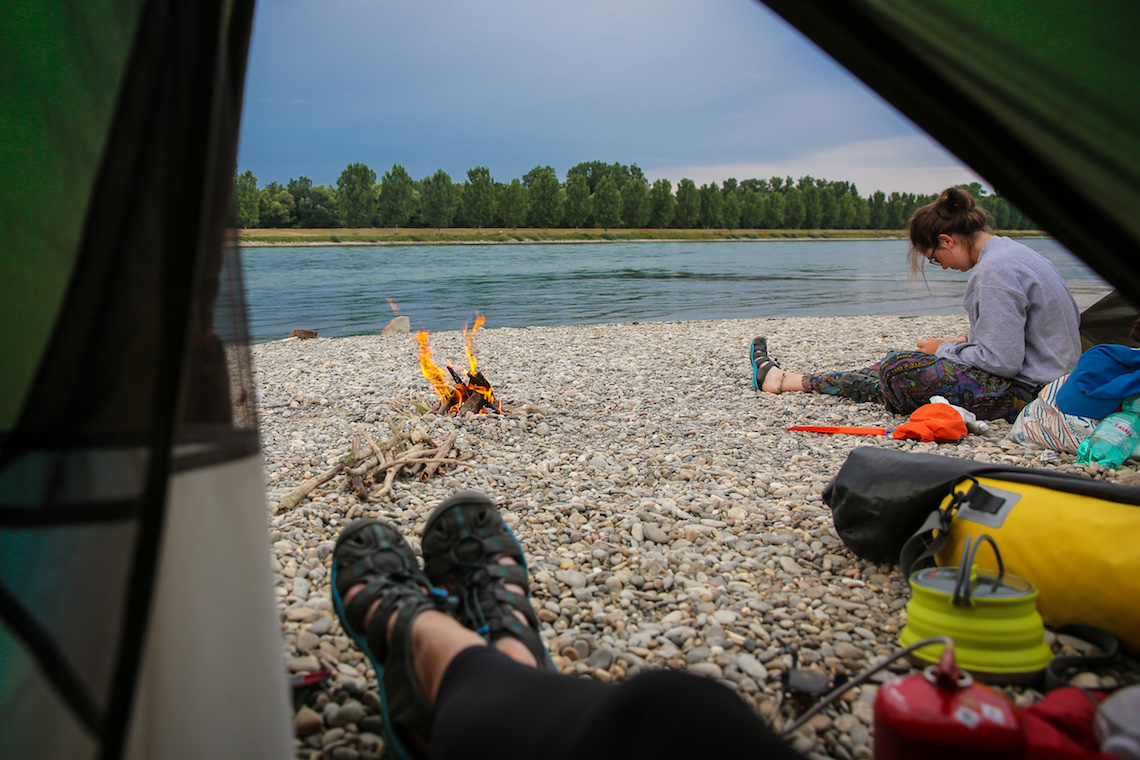
Feeling completely blindsided, and more than a little shaken by what had just happened, we decided to set up camp for the afternoon and take some time to assess our best course of action on the river. Tents pitched, we went for a quick dip in the current-free shallows, lit a small fire and discussed how best to handle these new, testing conditions.
The following morning we continued on our way, feeling far more prepared and ready to tackle whatever the Rhine threw at us. Over the next five days we grew so used to the speed and busyness of the river that we began to enjoy the progress, and were even disappointed when we reached Mainz, the end of our 120-mile stretch on the Rhine.
After an impromptu night of watching fireworks and drinking beers on a swanky speedboat, Kate and I turned to follow the River Main upstream further into Germany. Initially disconcerted by our return to slower progress, we soon fell in love with this peaceful river, our evening swims and sunset dinners outside our tents.
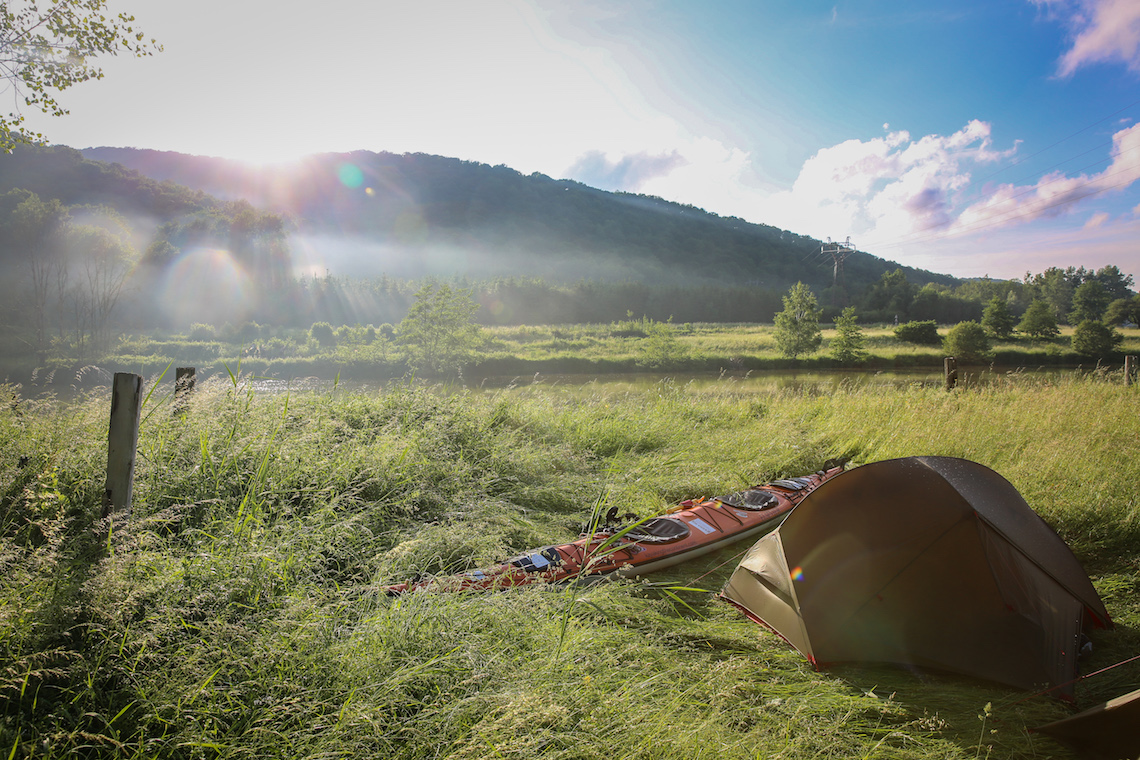
No time to waste
At the beginning of August, we reached the River Danube. This was the biggest milestone yet, for it marked our halfway point and the beginning of the final waterway of the expedition; we were to follow the Danube for the remaining 1,200 miles to the Black Sea, through eight countries and a handful of capital cities. Unfortunately, our excitement at joining Europe’s second longest river rapidly subsided as we discovered that the Danube was flowing significantly slower than we had anticipated, the implication of which was that we were now drastically running out of time to reach the Black Sea.
We had committed to a specific end date in September, family members had booked flights to come and meet us at the Black Sea, and it now looked like we wouldn’t be able to make it in time. This was unequivocally the most stressful time of the expedition and we briefly questioned if there was any point continuing on if we weren’t even going to make it to our goal.
Thankfully, that negative perspective persisted for merely a few hours, after which Kate and I unanimously jumped into action. We knew that if we continued on with as much determination and perseverance as we could muster then, even if we didn’t make it to the Black Sea like planned, we would know deep down that we had tried our absolute hardest and not given up on ourselves.
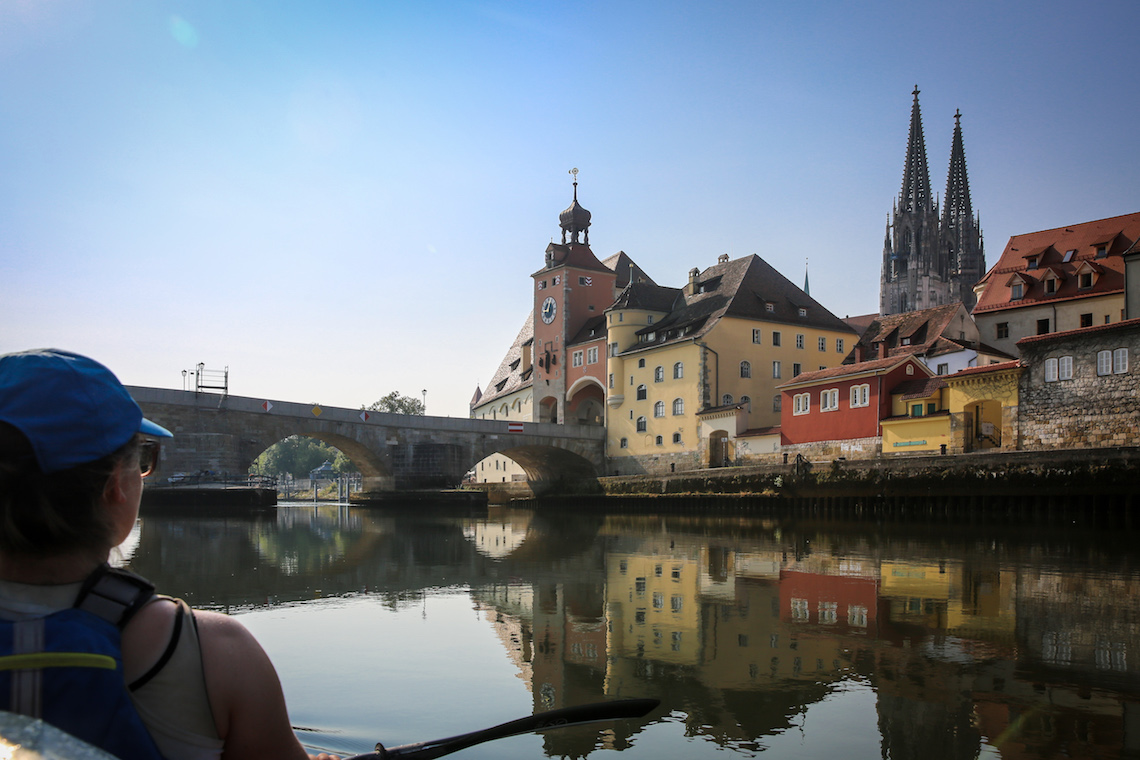
It was this attitude that prompted us to start setting our alarms for 5am and motivated us to be on the river at sunrise. It stopped us from dawdling during our lunch breaks and made sure we paddled on into the evening till the dwindling light necessitated making camp for the night.
Though this routine was tiring and intense, we quickly fell into a new rhythm. We were kayaking for 10 to 12 hours a day and covering up to 46 miles. It didn’t take long for us to feel the benefits of our single-mindedness. In just a few weeks we kayaked through five countries and four capital cities; fantastically rewarding progress.
We discovered just how beautiful those early mornings could be, when it feels like you’re the only people awake in the world, the only ones gliding through the silky smooth water as the dawn haze gradually disperses. It’s so rare in life to be able to watch so many consecutive sunrises and sunsets, and I revelled in being able to sit up in my sleeping bag and observe the spectacle unfold before my eyes.
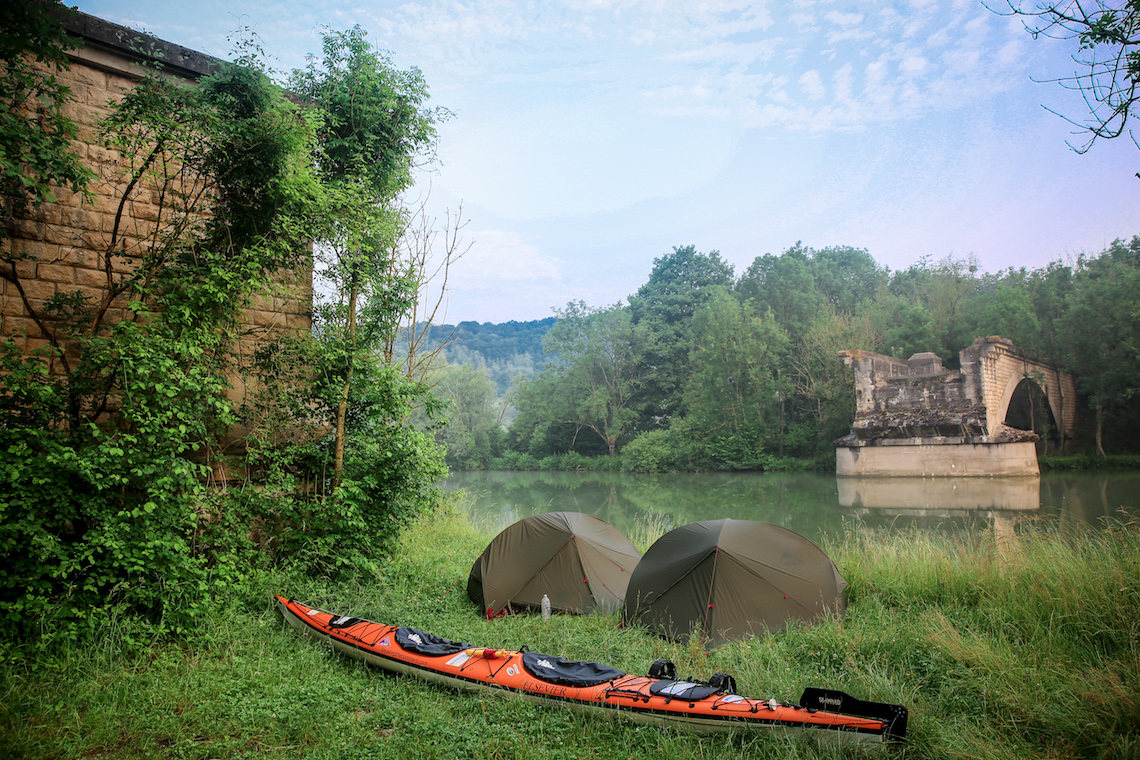
Upon reflection, these weeks of constant paddling with barely any slackening in our resolve were probably my favourite. I fell in love with the remote beaches and sandbanks we camped on, the sense of isolation as we made our way further east, and the people we unexpectedly met who shared brief glimpses into their lives. Before starting the expedition, people had been concerned about mine and Kate’s vulnerability and our safety wild camping. Regardless of where we were, Kate and I were welcomed with warmth and generosity and we were made to feel at home.
As one long, hot day ran smoothly into the next, Kate and I realised that our adventure was coming to an end. We had crossed entire countries in our kayak, negotiated our way through intimidating Eastern European border posts, survived bouts of illness and relentless storms. This had become our life, the extent of our existence, and the thought of it coming to an end was unsettling and saddening.
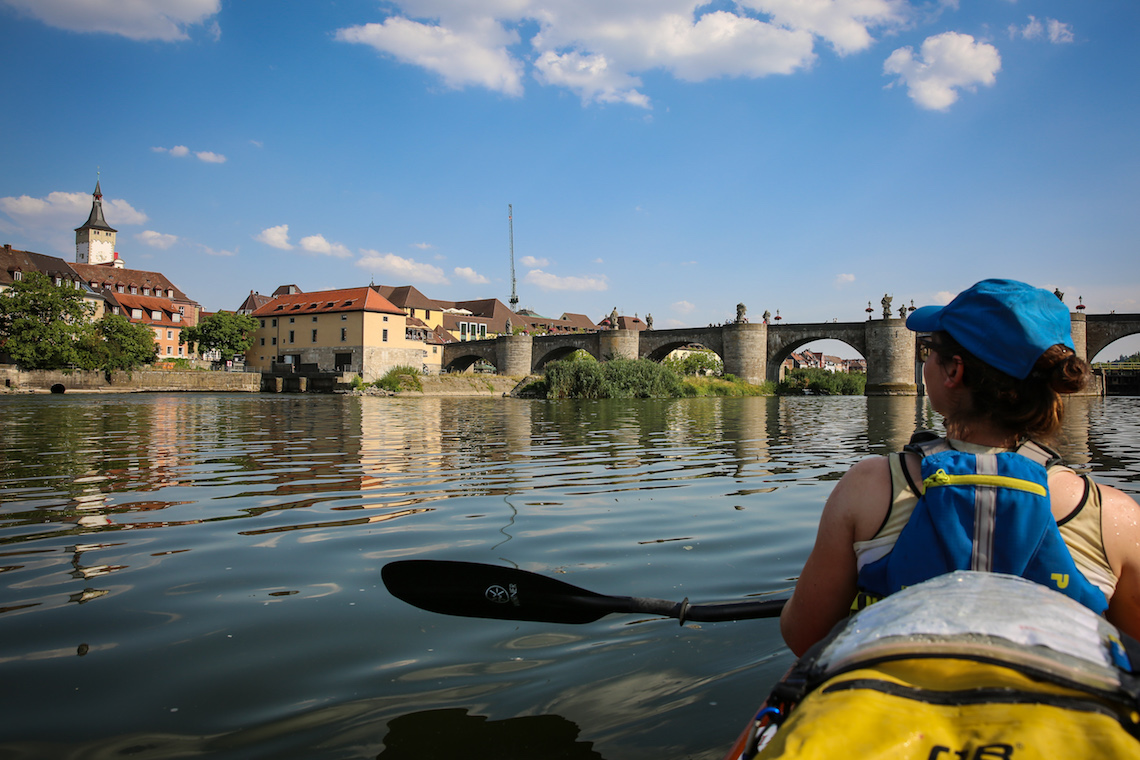
For the final few days, Kate and I did our best not to think about the impending completion of our journey, choosing instead to focus on the beauty and serenity of the Danube Delta in Romania, and the sociability of the numerous fishermen lining the banks. Paddling around a bend in the river, it was almost a surprise to see the horizon opening up ahead us of us until, for the first time since the English Channel, all that remained was sea.
Bobbing around in the gentle waves, Kate and I tried to comprehend what we had accomplished. Though we had faced plenty of setbacks and challenges over the last five months, we had had a truly incredible time on our adventure. The people we had met, the beauty of the landscape and cities we had paddled through and the satisfaction of completing such a mammoth feat meant neither of us would forget this trip anytime soon. Most of all, however, it was the joy of our friendship and closeness that Kate and I would treasure the most.
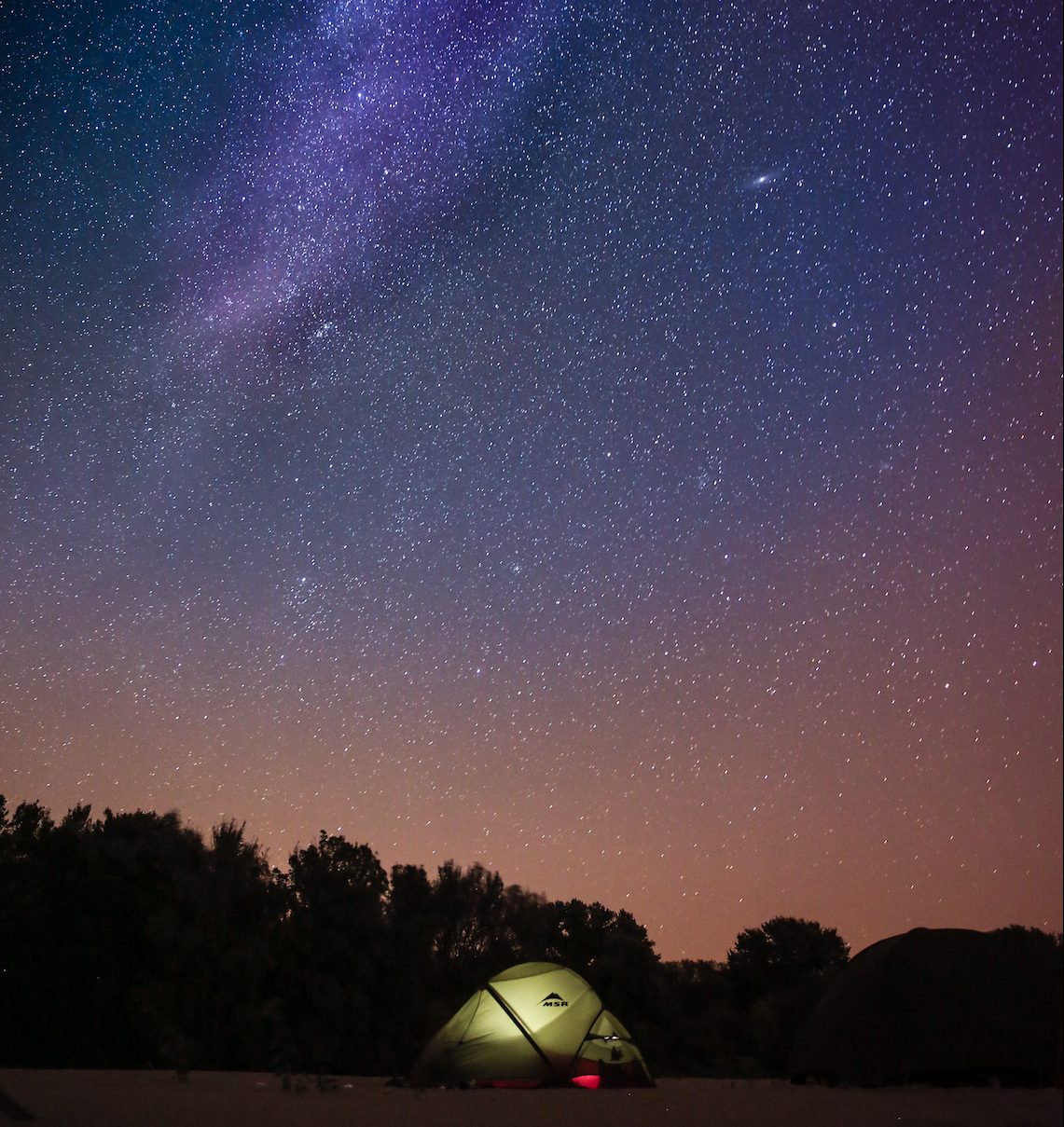
Kayaking through Europe: Fast facts
Total distance paddled: 2,488 miles (4,005km)
Total days from London to the Black Sea: 150
Countries paddled through: 11
Capital cities paddled through: 5
Furthest distance in a day: 47 miles (75km)
Time taken to paddle the English Channel: 5hrs, 18mins
Number of locks: 249
Amount raised for Pancreatic Cancer Action: £57,830.23
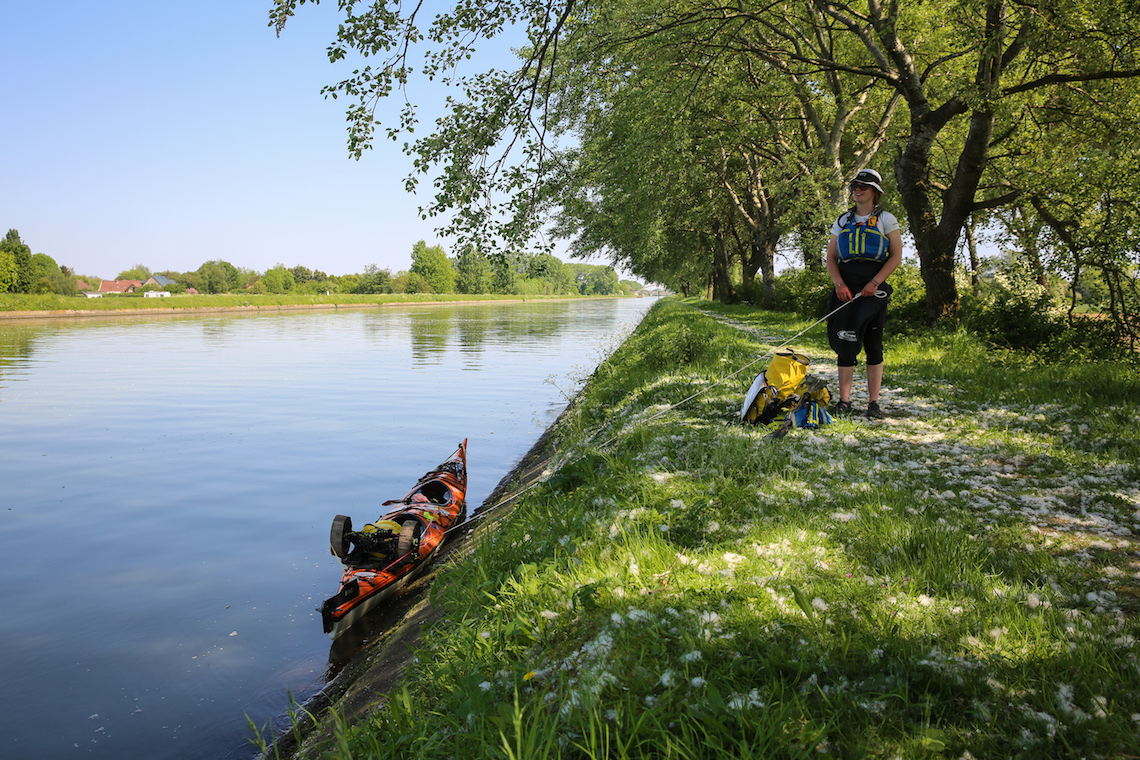
Kayaking through Europe: Best bits
For castles and medieval towns: River Main and Main-Donau Canal, Germany.
For dramatic valleys and views: The ‘Donauschlinge’ section of the Danube in Austria and the Đerdap National Park on the Serbian-Romania border.
For wide, sandy beaches and feeling like you’re in Cast Away: The Danube in Serbia and Bulgaria.
For capital cities: The Danube through Vienna, Bratislava, Budapest and Belgrade.
Some rivers/canals require permission to kayak on them; don’t forget to check before you go, or book a trip through a travel company.
About the author
Anna Blackwell is an adventurer, writer, photographer and speaker with a love of the outdoors and pushing her limits. This has led her to pursue numerous adventures, from kayaking across Europe and spending five weeks trekking across the wilderness of Arctic Sweden alone to walking 1,000 miles solo across France and Spain. To keep up to date with her adventures, follow her on Instagram.



